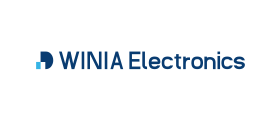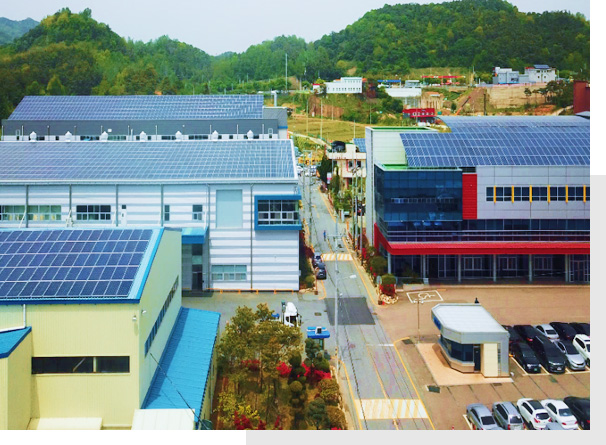
generation business
on selling electricity produced using solar power generation facilities as commercial electric equipment to the Korea Electric Power Corporation and to the electricity market with supply certificates.
Furthermore, it is an eco-friendly generation solution that is gaining popularity with individuals and companies for its great performance and as it met government policies. Accordingly, we are pursuing SPC and EPC businesses and has achieved the generation amount by operating solar power generators. It pursues profits by selling electric power and it is comprised of devices and processes for operational efficiency through the efficient management of electricity used in the production process. businesses and has achieved the generation amount by operating solar power generators. It pursues profits by selling electric power and it is comprised of devices and processes for operational efficiency through the efficient management of electricity used in the production process.
In order to find the efficient electric production solution (EPC, SPC), it offers optimized generation performance and high reliability through the calculation of generation amount and design analysis in the environment desired by consumers.
In addition to design, it offers architecture and verification services to give the greatest level of satisfaction to consumers. Furthermore, it pursues research not only in solar power generation modules based on silicon but also next-generation solar power generation (perovskite, organic solar power) in order to prepare for new markets in the future.
-
 Bird's-eye-view for solar power generation
Bird's-eye-view for solar power generation
-
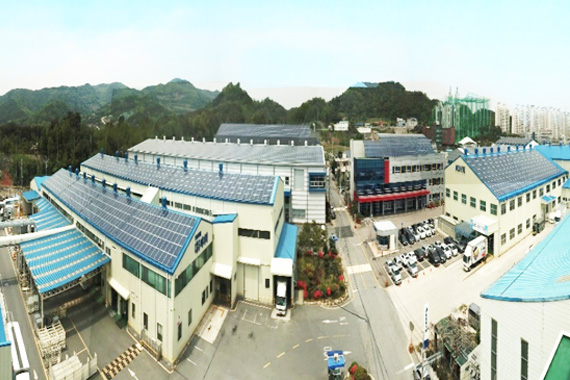 Dayou solar power generator panoramic view (Sochon-dong, Gwangju)
Dayou solar power generator panoramic view (Sochon-dong, Gwangju)
RPS (Renewable Portfolio Standard) is a system that requires generation businesses (mandatory suppliers) with a certain scope (500,000kw) to supply part of the total generation amount with renewable energy. As of 2018, there are 21 mandatory suppliers, and non-execution will result in fines to the mandatory supplier.
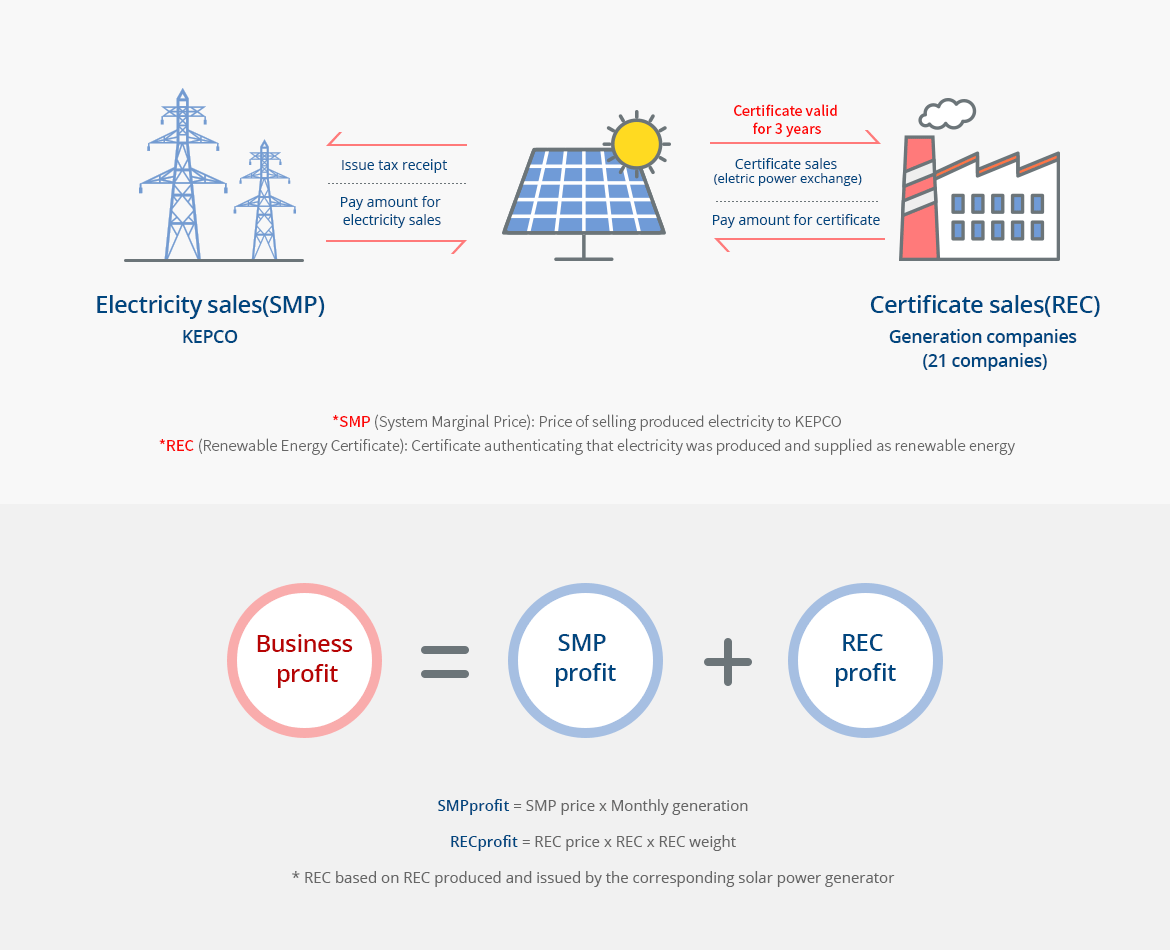
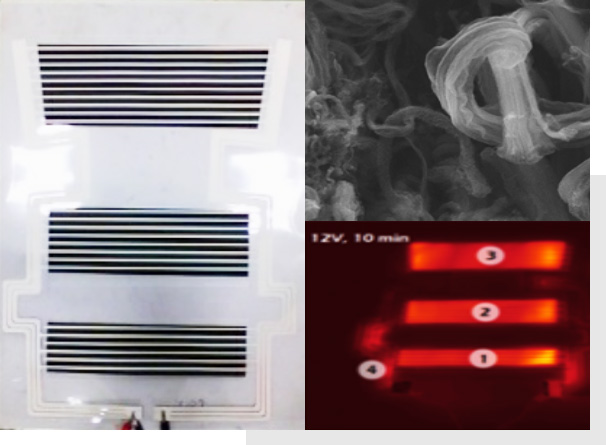
uses the outstanding performance of nano-materials (Carbon nanotube, Graphene, etc.) to construct new business fields by utilizing in various fields such as nano-graphite heating film, heat-resistance, insulation, and electromagnetic wave shielding, and it offers relevant services.
The lack of technologies for using nano-materials is acting as an obstacle for commercialization of the nano-materials.
Dayou Plus procured high utilization technologies based on 10 years of research in the field and offers solutions fitting consumers in various application fields such as heating, heat resistance, insulation, and shielding electromagnetic waves. In addition, not only does it use materials through nano-material technologies + IoT technology conversion, but also offers control system solutions so that the operator can actively check and efficiently operate using the communications network. Therefore, it has become possible to overcome various issues such as risk and efficiency.
-
 Cabon nano-graphite heating film
Cabon nano-graphite heating filmCarbon nano-graphite heating film of Dayou Plus has usage temperature that is more than double that of existing graphite heating film at 250℃, thus supporting high performance. While enhancing graphite heating film technologies that were undervalued by manifesting up to 100℃ to 250℃ (target 500℃), it also has a low cost compared to ceramic heaters and high heat consistency and is thus receiving a lot of attention. Furthermore, by integrating nano-material technologies + IoT communication technologies, it can enhance efficiency and get rid of end consumer concerns, while also offering solutions, and therefore has high reliability. Nano-materials can be used for heating, heat resistance, insulation and shielding electromagnetic waves.
Possessed patents -
 Next-generation solar power research
Next-generation solar power research
(perovskite, organic solar power)Dayou Plus pursues next-generation solar power module development based on existing solar power module production and development technologies. By achieving flexibility, transparency and color configuration that silicon modules could not in the past, it aims at procuring responsiveness in the future new market. Currently, through technological development linked to production technologies, research centers, and schools, it aims at becoming a company that acts as a turning point from silicon modules to next-generation modules.
Tech development history

